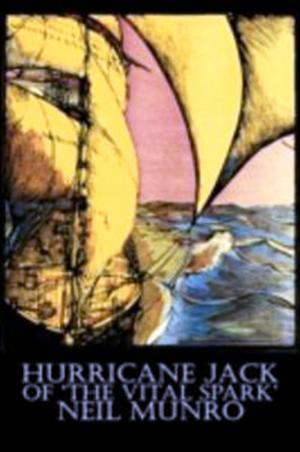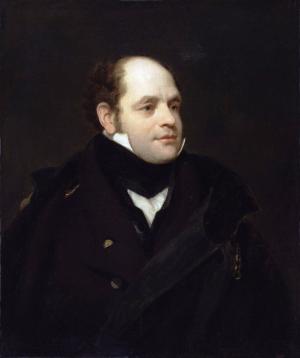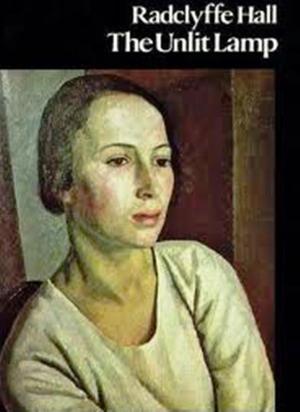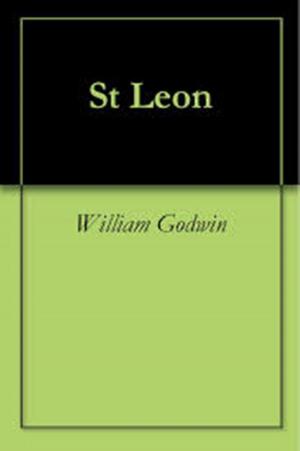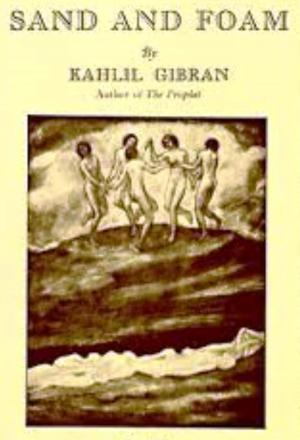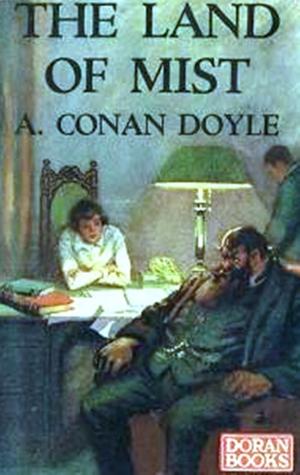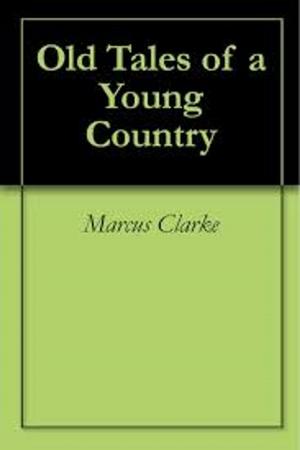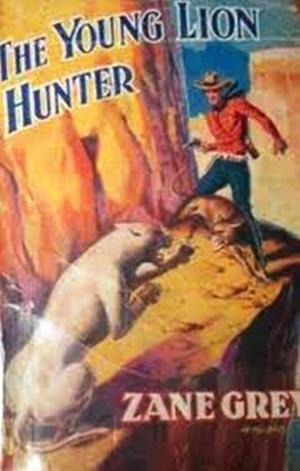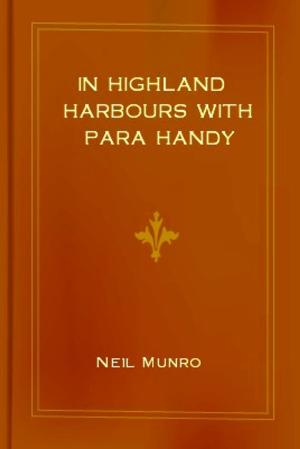| Author: | Sir Arthur Conan Doyle | ISBN: | 1230000142907 |
| Publisher: | WDS Publishing | Publication: | June 18, 2013 |
| Imprint: | Language: | English |
| Author: | Sir Arthur Conan Doyle |
| ISBN: | 1230000142907 |
| Publisher: | WDS Publishing |
| Publication: | June 18, 2013 |
| Imprint: | |
| Language: | English |
Since these papers have been put into my hands to edit, I will begin by reminding the public of the sad loss of the steamship Stratford, which started a year ago upon a voyage for the purpose of oceanography and the study of deep-sea life. The expedition had been organized by Dr. Maracot, the famous author of Pseudo-Coralline Formations and The Morphology of the Lamellibranchs. Dr. Maracot had with him Mr. Cyrus Headley, formerly assistant at the Zoological Institute of Cambridge, Massachusetts, and at the time of the voyage Rhodes Scholar at Oxford. Captain Howie, an experienced navigator, was in charge of the vessel, and there was a crew of twenty-three men, including an American mechanic from the Merribank Works, Philadelphia.
This whole party has utterly disappeared, and the only word ever heard of the ill-fated steamer was from the report of a Norwegian barque which actually saw a ship, closely corresponding with her description, go down in the great gale of the autumn of 1926. A lifeboat marked Stratford was found later in the neighborhood of the tragedy, together with some deck gratings, a lifebuoy, and a spar. This, coupled with the long silence, seemed to make it absolutely sure that the vessel and her crew would never be heard of more. Her fate is rendered more certain by the strange wireless message received at the time, which, though incomprehensible in parts, left little doubt as to the fate of the vessel. This I will quote later.
There were some remarkable points about the voyage of the Stratford which caused comment at the time. One was the curious secrecy observed by Professor Maracot. He was famous for his dislike and distrust of the Press, but it was pushed to an extreme upon this occasion, when he would neither give information to reporters nor would he permit the representative of any paper to set foot in the vessel during the weeks that it lay in the Albert Dock. There were rumors abroad of some curious and novel construction of the ship which would fit it for deep-sea work, and these rumors were confirmed from the yard of Hunter and Company of West Hartlepool, where the structural changes had actually been carried out. It was at one time said that the whole bottom of the vessel was detachable, a report which attracted the attention of the underwriters at Lloyd's, who were, with some difficulty, satisfied upon the point. The matter was soon forgotten, but it assumed an importance now when the fate of the expedition has been brought once more in so extraordinary manner to the notice of the public.
So much for the beginning of the voyage of the Stratford. There are now four documents which cover the facts so far as they are known. The first is the letter which was written by Mr. Cyrus Headley, from the capital of the Grand Canary, to his friend, Sir James Talbot, of Trinity College, Oxford, upon the only occasion, so far as is known, when the Stratford touched land after leaving the Thames. The second is the strange wireless call to which I have alluded. The third is that portion of the log of the Arabella Knowles which deals with the vitreous ball. The fourth and last is the amazing contents of that receptacle, which either represent a most cruel and complex mystification, or else open up a fresh chapter in human experience the importance of which cannot be exaggerated. With this preamble I will now give Mr. Headley's letter, which I owe to the courtesy of Sir James Talbot, and which has not previously been published. It is dated October 1st, 1926.
Since these papers have been put into my hands to edit, I will begin by reminding the public of the sad loss of the steamship Stratford, which started a year ago upon a voyage for the purpose of oceanography and the study of deep-sea life. The expedition had been organized by Dr. Maracot, the famous author of Pseudo-Coralline Formations and The Morphology of the Lamellibranchs. Dr. Maracot had with him Mr. Cyrus Headley, formerly assistant at the Zoological Institute of Cambridge, Massachusetts, and at the time of the voyage Rhodes Scholar at Oxford. Captain Howie, an experienced navigator, was in charge of the vessel, and there was a crew of twenty-three men, including an American mechanic from the Merribank Works, Philadelphia.
This whole party has utterly disappeared, and the only word ever heard of the ill-fated steamer was from the report of a Norwegian barque which actually saw a ship, closely corresponding with her description, go down in the great gale of the autumn of 1926. A lifeboat marked Stratford was found later in the neighborhood of the tragedy, together with some deck gratings, a lifebuoy, and a spar. This, coupled with the long silence, seemed to make it absolutely sure that the vessel and her crew would never be heard of more. Her fate is rendered more certain by the strange wireless message received at the time, which, though incomprehensible in parts, left little doubt as to the fate of the vessel. This I will quote later.
There were some remarkable points about the voyage of the Stratford which caused comment at the time. One was the curious secrecy observed by Professor Maracot. He was famous for his dislike and distrust of the Press, but it was pushed to an extreme upon this occasion, when he would neither give information to reporters nor would he permit the representative of any paper to set foot in the vessel during the weeks that it lay in the Albert Dock. There were rumors abroad of some curious and novel construction of the ship which would fit it for deep-sea work, and these rumors were confirmed from the yard of Hunter and Company of West Hartlepool, where the structural changes had actually been carried out. It was at one time said that the whole bottom of the vessel was detachable, a report which attracted the attention of the underwriters at Lloyd's, who were, with some difficulty, satisfied upon the point. The matter was soon forgotten, but it assumed an importance now when the fate of the expedition has been brought once more in so extraordinary manner to the notice of the public.
So much for the beginning of the voyage of the Stratford. There are now four documents which cover the facts so far as they are known. The first is the letter which was written by Mr. Cyrus Headley, from the capital of the Grand Canary, to his friend, Sir James Talbot, of Trinity College, Oxford, upon the only occasion, so far as is known, when the Stratford touched land after leaving the Thames. The second is the strange wireless call to which I have alluded. The third is that portion of the log of the Arabella Knowles which deals with the vitreous ball. The fourth and last is the amazing contents of that receptacle, which either represent a most cruel and complex mystification, or else open up a fresh chapter in human experience the importance of which cannot be exaggerated. With this preamble I will now give Mr. Headley's letter, which I owe to the courtesy of Sir James Talbot, and which has not previously been published. It is dated October 1st, 1926.

